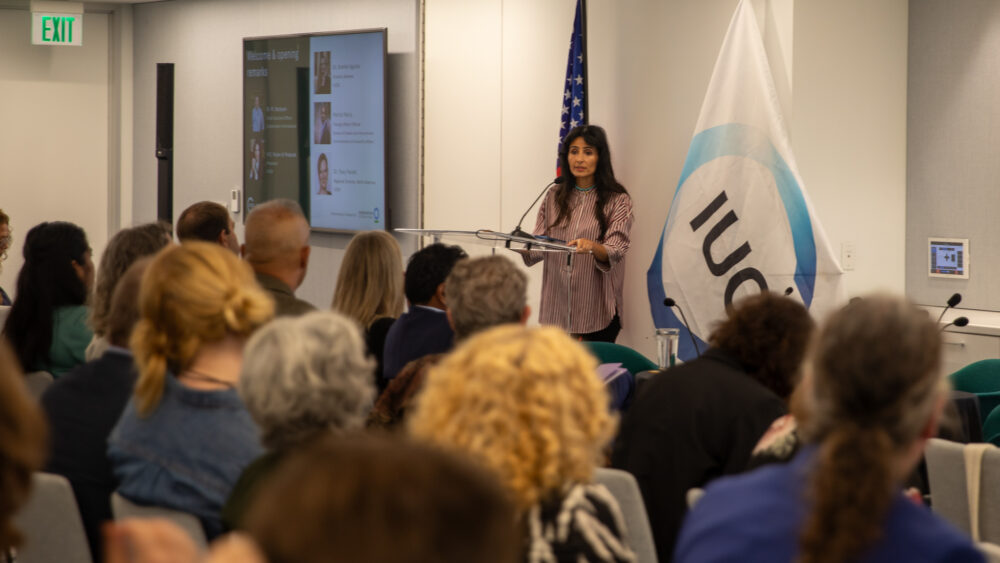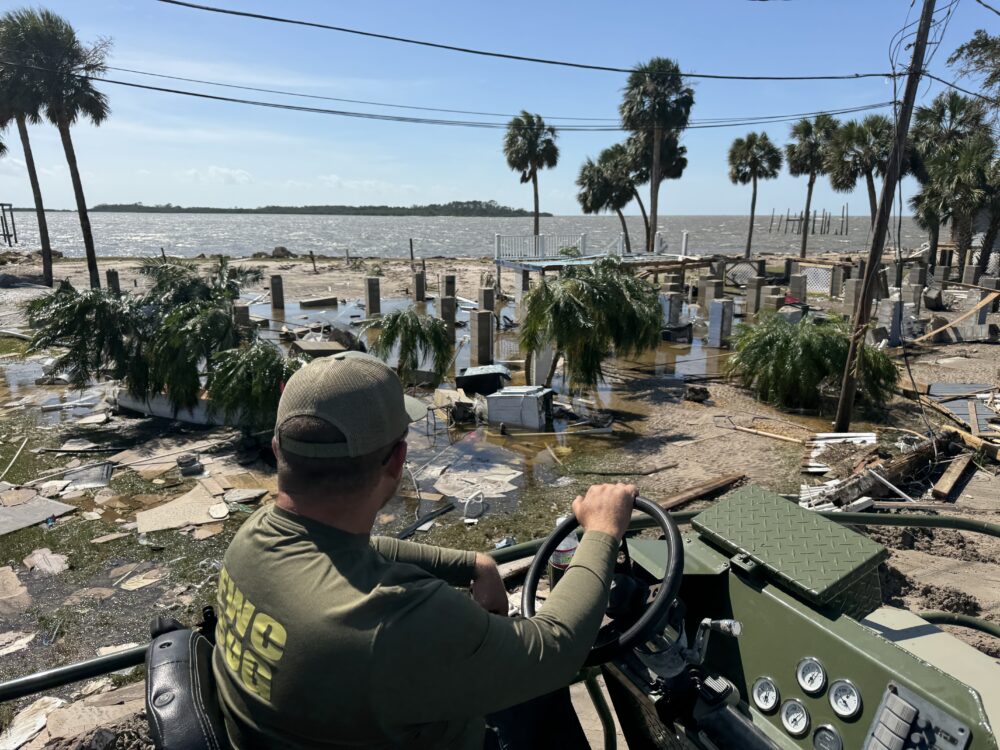We have much more to do and your continued support is needed now more than ever.
After Five Years and Legal Wrangling, Agency Finally Protects South Carolina Wetland

This post was written by Jim Murphy, Wetlands and Water Resources Counsel for the National Wildlife Federation. He can be reached at jmurphy@nwf.org.
On November 1, the U.S. Army Corps of Engineers reasserted basic federal Clean Water Act protections for a 31-acre coastal wetland in Horry County, South Carolina, near Murrells Inlet. That’s the good news.
The Bad News
Because of legal confusion created by two Supreme Court decisions – SWANCC in 2001 and Rapanos in 2006 – that have placed doubt over whether 60 percent of stream miles and 20 percent of wetlands in the lower 48 states remain federally protected from pollution and destruction – it took the Corps more than five years and a federal lawsuit to protect these wetlands.
In July of 2005, Spectre LLC, a developer in South Carolina, asked the Corps if a wetland on a plat it had development plans for was protected by the Clean Water Act. The Corps said no, that the wetland, one of several important wetlands in this low-lying coastal area, was “isolated” and therefore not protected by the act. The effect of this decision was the wetland could now be filled and destroyed without federal safeguards.
This decision also led to a state court decision that removed state protections for the wetland. Fortunately, these state protections were restored on appeal.During the pendency of the state case, NWF, South Carolina Wildlife Federation, South Carolina Coastal Conservation League, and Waccamaw Riverkeeper, with legal representation from Southern Environmental Law Center, questioned whether the Corps’ decision not to protect the wetland was valid.
These groups hired an expert to examine the Corps’ decision. The expert found that the wetland actually did have direct surface connections to larger downstream waters and the nearby ocean, and that the wetland likely provided a variety of functions, like flood storage and nutrient removal, that impacted the health of downstream waters. NWF and the other groups filed a lawsuit challenging the Corps’ decision in March of 2009.
Quickly after the lawsuit was filed, the Corps agreed to reconsider its decision. After about a year and a half, the Corps finally issued the November 1, 2010 decision to protect the wetland. The decision was based on the wetland’s direct link to downstream waters and the vital functions it, along with about 175 acres of nearby wetlands, performs for the health of downstream waters and area wildlife.
Lessons Learned
The primary lessons of this case are two: many valuable waters can still be protected under current law, and the current process is untenable. Prior to the Supreme Court’s 2001 confusion of the issue, protecting this wetland wouldn’t have been a question. Now it is. Five years and two lawsuits is no way to decide whether an important water is protected. Without Congressional action to restore the historic scope of the law, the Environmental Protection Agency (EPA) and the Corps should take appropriate action to provide more legal clarity and categorical safeguards of waters based on science and law that would restore a much greater level of protections than currently exist on the ground. The sooner EPA and Corps begin to move in this direction, the better.





















